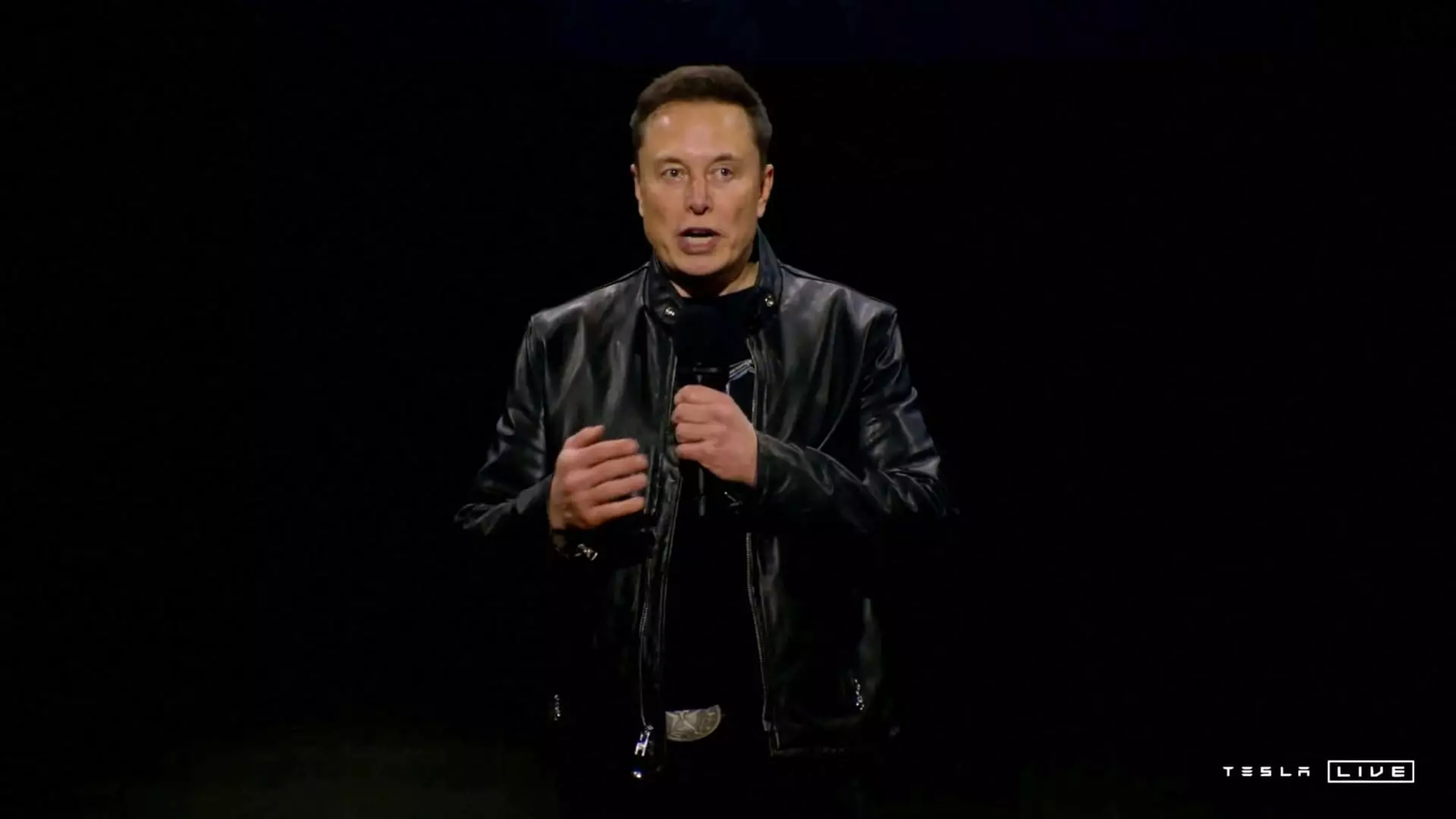Tesla’s recent report on fourth-quarter vehicle production and deliveries has sparked extensive discussions about its future dynamics and market positioning. The numbers released reflect both achievements and challenges, suggesting a complex reality for the world-renowned electric vehicle manufacturer. By dissecting these figures and the broader context surrounding them, it becomes evident that Tesla is at a pivotal juncture that demands careful consideration from investors, industry analysts, and consumers alike.
In Q4 2024, Tesla delivered a total of 495,570 vehicles, while production for the quarter reached 459,445 units. Although these numbers may seem impressive at first glance, this performance marks the company’s first annual decline in deliveries, falling short of the 1.81 million vehicles delivered in 2023. Furthermore, the company had reported 484,507 deliveries in the final quarter of 2023, indicating a troubling trend. In response to these results, Tesla’s stock took a significant hit, dropping by as much as 7% in trading, reflecting investor apprehension regarding the company’s future potential.
Analysts had anticipated a stronger performance, with deliveries estimated around 504,770 vehicles. The disparity between projections and the actual results can be attributed to multiple factors, including market competition, consumer preferences, and possible disruptions within the supply chain. As the auto landscape evolves, understanding the nuances of these delivery numbers is crucial for evaluating Tesla’s positioning against both traditional automakers and newer entrants.
The Political Element
One significant backdrop to Tesla’s recent performance is CEO Elon Musk’s active engagement in political circles, particularly his substantial financial contributions to Donald Trump’s election campaign. Musk’s dual role as a business leader and a political player raises questions about the impact of political activities on Tesla’s core operational focus. Industry experts suggest that Musk’s involvement in politics may have diverted attention from steering Tesla through a challenging year, possibly contributing to the annual decline in sales.
As the market remains sensitive to leadership stability, it remains to be seen how Musk’s political pursuits will influence Tesla’s public image and investor confidence. A clear distinction must be drawn between Musk’s personal ambitions and the company’s operational goals, particularly as growing competition continues to carve out a presence in the electric vehicle sector.
Historically, Tesla faced little competition in the electric vehicle market, emerging as a pioneer in mass-producing electric vehicles. Today, however, the landscape is markedly different. Traditional car manufacturers like General Motors and Ford, alongside newer players such as Rivian, have entered the fray, intensifying competition. Furthermore, Asian and European automakers are swiftly ramping up their electric vehicle offerings, posing an existential threat to Tesla’s market share.
The newly launched Cybertruck has received mixed reactions, characterized by high price points and unclear consumer enthusiasm. Reports indicate that the Cybertruck has found its way into used car lots, raising concerns about demand and consumer satisfaction. There’s a clear need for Tesla to recalibrate its strategy, possibly focusing on producing lower-cost models that could better appeal to a broader range of customers.
Tesla’s performance varies significantly across global markets. In Europe, the company witnessed an approximately 14% decline in vehicle sales, with key registrations inching down to 18,786 in November from around 31,810 in the prior year. This contraction signals increasing challenges as competition mounts in a region where rival manufacturers are keenly advancing their electric vehicle programs.
Conversely, Tesla has continued to maintain a dominant presence in North America, engaging in strategic price cuts and incentives to drive sales. However, even in this favored market, inventory levels are rising, prompting companies to take proactive measures, including temporarily halting production lines for the Cybertruck. This approach reveals internal challenges in balancing production with demand, necessitating agile responses in a rapidly changing market environment.
As Tesla gears up for 2025, the promise of lower-cost and autonomous vehicles has been put forth as a potential pathway for recovery and growth. Executives have projected a growth rate of 20% to 30% over 2024 and indicated a shift in focus to more affordable offerings. However, achieving this goal will require navigating a complex web of market dynamics, consumer expectations, and relentless competition.
Conclusively, Tesla’s fourth-quarter results serve as both a cautionary tale and a call to action. As the company grapples with a blend of operational challenges and external pressures, its ability to adapt will determine whether it remains a leader in the electric vehicle space or cedes ground to emerging rivals. Investors, consumers, and industry watchers will need to monitor Tesla closely as it strategizes its next moves in an ever-evolving automotive landscape.

